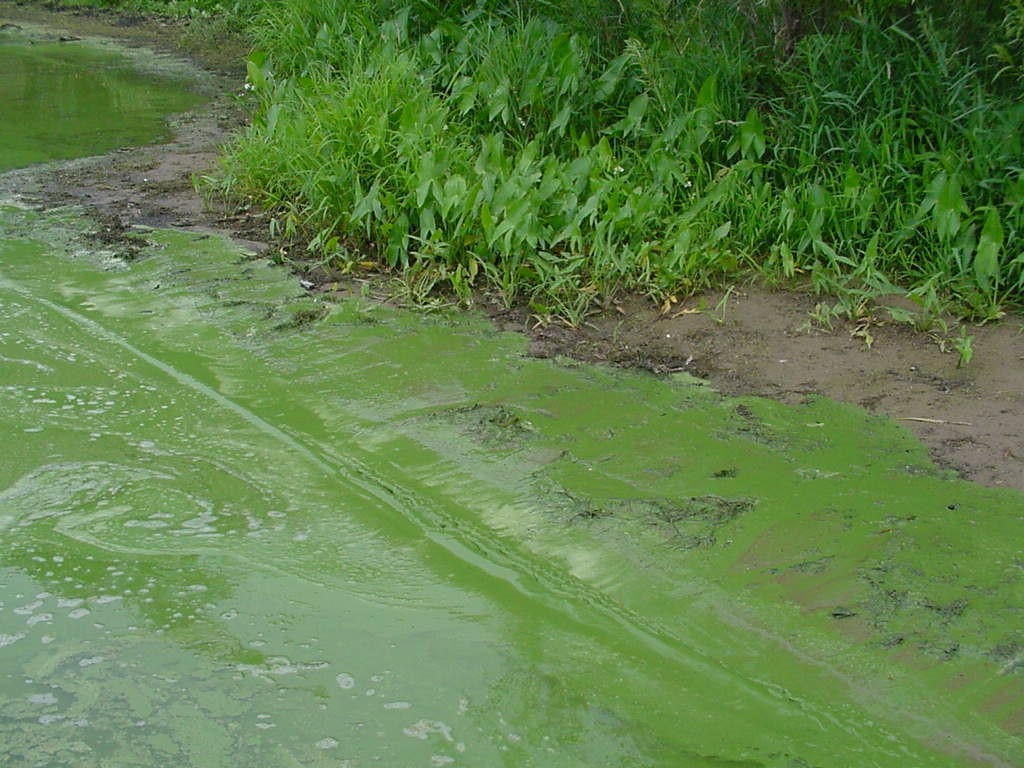Blue-Green Algae and the Value of Water Monitoring
Recent hot weather has put lakes in the news. Some, particularly those already polluted with too many nutrients, experience blooms of toxic blue-green algae that create a health concern about getting in the water. Sometimes beaches are closed. Each year there are a few reports in the state of dogs dying from drinking that water. They are dramatic reasons lakes and rivers are monitored, but not the only reasons.
The Anoka Conservation District (ACD) monitors water quality in 20 lakes and 20+ stream or river sites. Not all waters are monitored every year.This monitoring is used for:
- Surveillance – Identifying problems early.
- Diagnosis – Determining the cause of problems.
- Project effectiveness – Track how efforts to improve waters are working, and adjust management to maximize returns.
ACD focuses on lake health and recreational suitability, and can highlight places where health-related monitoring is warranted. Public beaches are required to do other health-related monitoring.
During the summer months, use caution around algae blooms. Toxic blue-green algae cannot be identified just by looking at it, but algal slimes on the water are certainly a warning sign. The Minnesota Pollution Control Agency advises, "when in doubt, stay out."
There is no practical treatment to remove blue-green algae from our lakes. It is part of the natural algae community. However, we can work to reduce nutrients that fuel algae blooms. In this way we can improve overall lake recreational suitability and reduce health concerns.
When you subscribe to the blog, we will send you an e-mail when there are new updates on the site so you wouldn't miss them.
